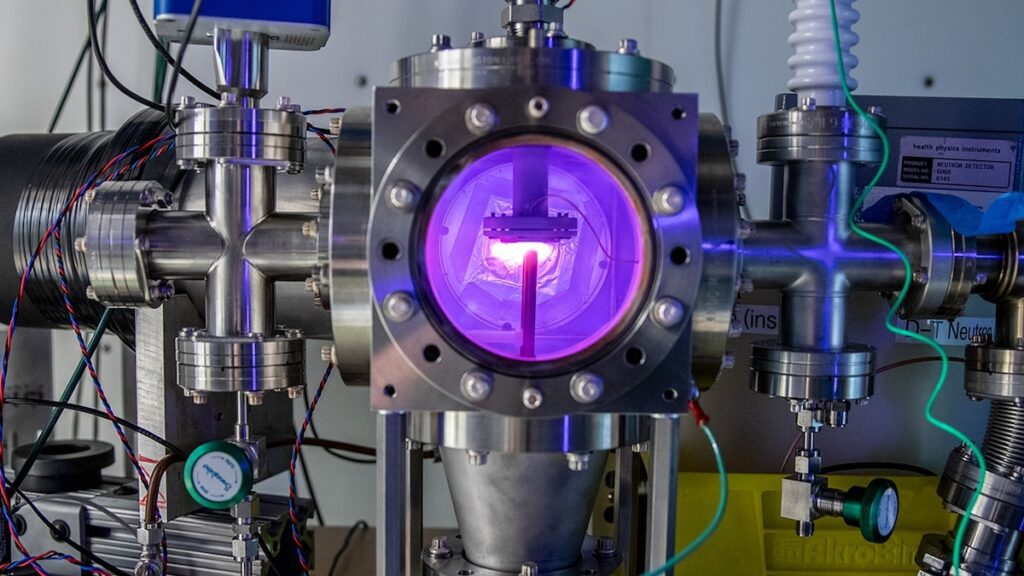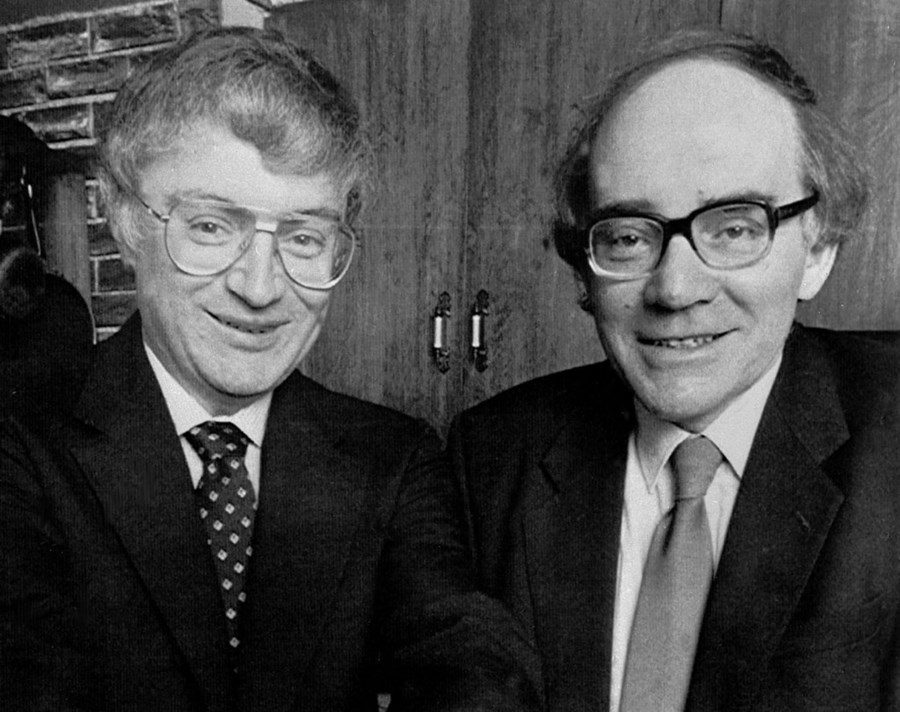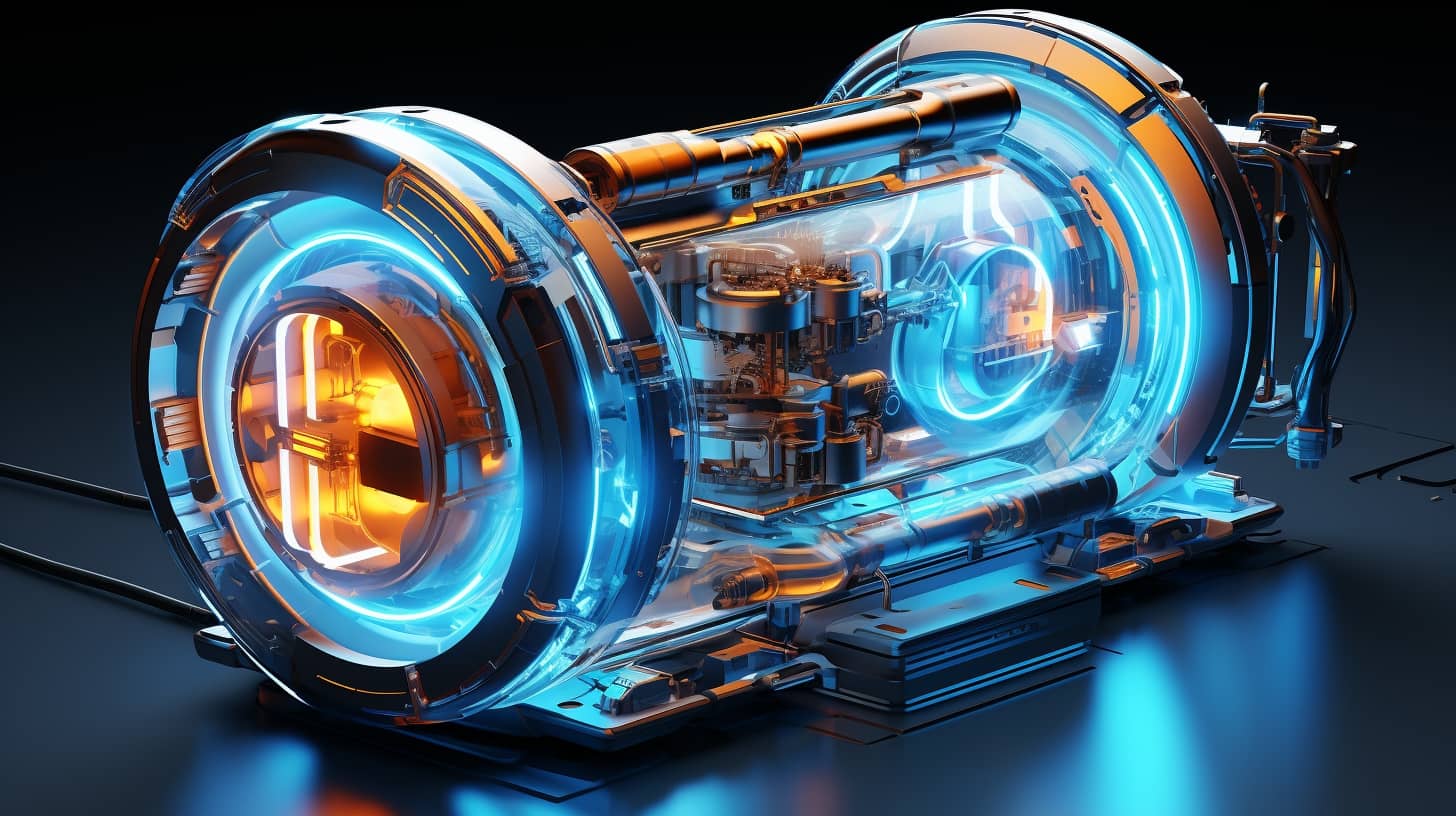Cold fusion, or to use a more sober term, “low-energy nuclear reactions” (LENR), is a bit like an old forgotten song suddenly back in vogue. A song from the 80s, which made us dream.
Precisely in the 80s, in fact, the two chemists Martin fleischmann e Stanley Pons they claimed to have succeeded in making atomic nuclei fuse at room temperature, but no one has ever been able to replicate their results. Since then, cold fusion has ended up in the shadows, seen more as an illusion than as a scientific reality even during subsequent "attempts".
Today, like a phoenix rising from the ashes, the dream is experiencing a rebirth thanks to the support of ARPA-E, the US government agency dedicated to advanced energy research. The announcement is sensational: funding and resources dedicated to a new, unexpected "return". What do you think?
The long shadow of a dispute
Cold fusion has a troubled history. Fleischmann and Pons were convinced they had found the Holy Grail of clean energy, a method of fusing atomic nuclei without the immense energy normally required for fusion reactions. If they were able to prove that it worked, they would open the door to clean, virtually infinite energy.
Unfortunately, their results have never been replicated and their discovery has been discredited. They have been branded imposters and cold fusion has been relegated to the sidelines of respectable science. Same fate or almost touched to the controversial E-Cat of the Italian engineer Andrea Rossi and subsequent research.

In the world of science, however, ideas never completely die. Some researchers have continued to work on cold fusion, hoping to find the key to unlocking its potential.
A new chapter in the history of cold fusion?
Despite its stormy history, as mentioned, cold fusion seems to have found a second life. ARPA-E has awarded funding for LENR research, a "surprise" move that arouses interest and even hopes among some "diehard" researchers.
Florian Metzler, a nuclear physicist at MIT, is one of them. He believes cold fusion may still offer surprises. “Science always has a reproducibility problem,” he says. But this doesn't discourage him. He believes there are still many unanswered questions in the field of nuclear physics.
He echoes it David Nagel, engineer at George Washington University. “This technology had a terrible start and now has a bad reputation,” he says. “But over the years, hopes have not faded.”

A future fueled by cold fusion?
Whether cold fusion turns out to be an illusion or a scientific reality remains to be seen. For now, frankly, it's an illusion. But for the first time in a long time, he perhaps has a real chance to prove his worth. With new funding and growing interest from the scientific community, it may finally have the opportunity to step out of the shadows.
The road is still long and full of obstacles, but who knows, with a little luck and a lot of scientific work, the situation could start to really heat up.


